The foundations of the house in Csillag Street were lain in 1872 following plans by Bódog Buzzi and a commission from Károly Kerkápoly. The versatile politician, a lawyer by profession but writing on literature and economics as well, was Minister of Finance at the time. By the time the building had been completed the following year, he had been forced to resign over a mismanaged loan case.
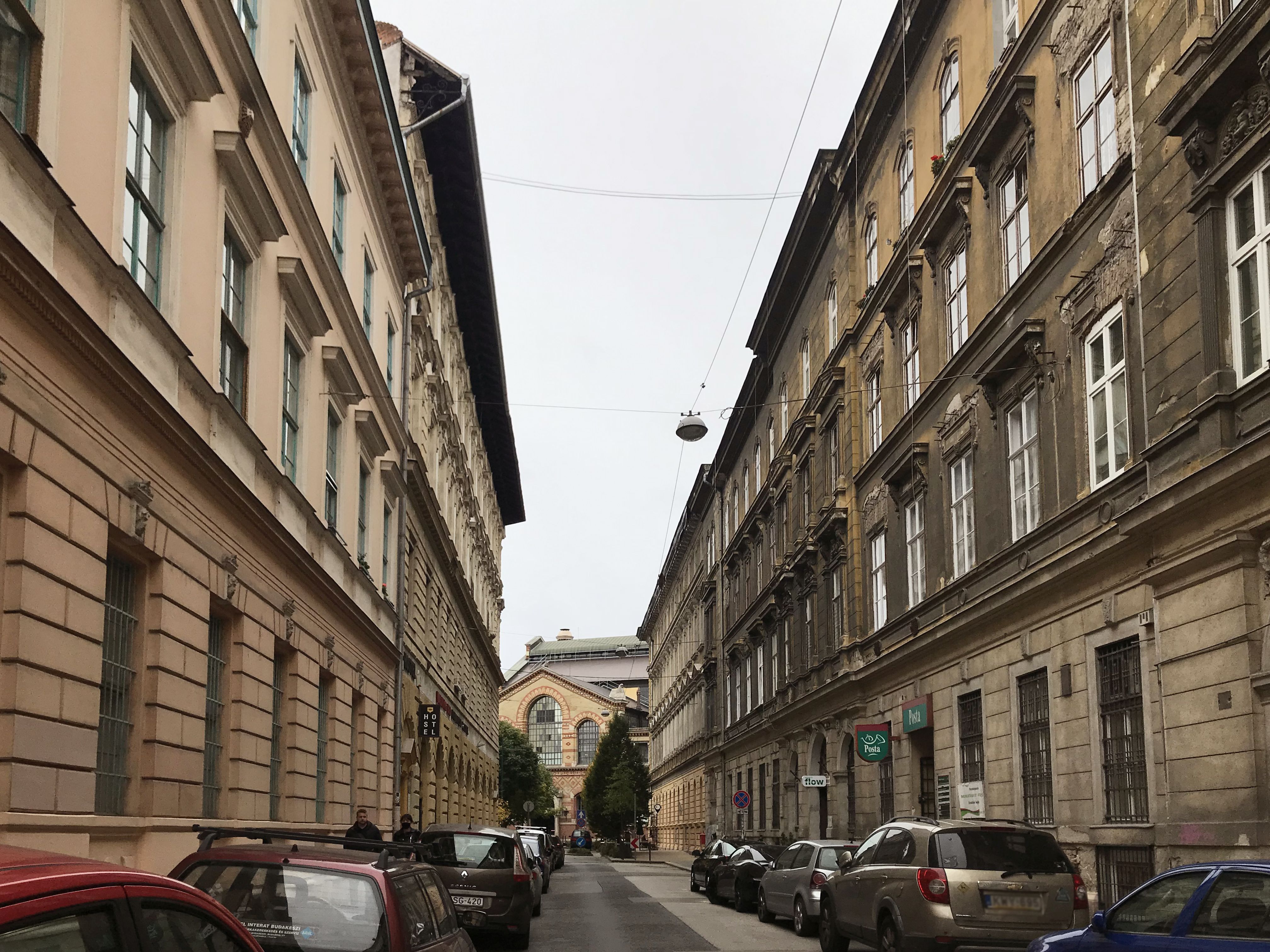
Gönczy Pál Street today, the building of Eötvös College on the right (Photo: Tímea Simon)
He later taught politics and economics at Pest University, cared for his vineyards on Gellért Hill and the Balaton Uplands. He created a foundation to support various educational institutions (nurseries, primary schools and secondary schools) towards the end of his life.
Kerkápoly died in the house on Csilla Street in 1891. With no next of kin, the Kerkápoly-Bodor Foundation – which also included his mother's name – supported Hungarian education with money and real estate around the country. This is how the building became the home of Eötvös College in 1895.
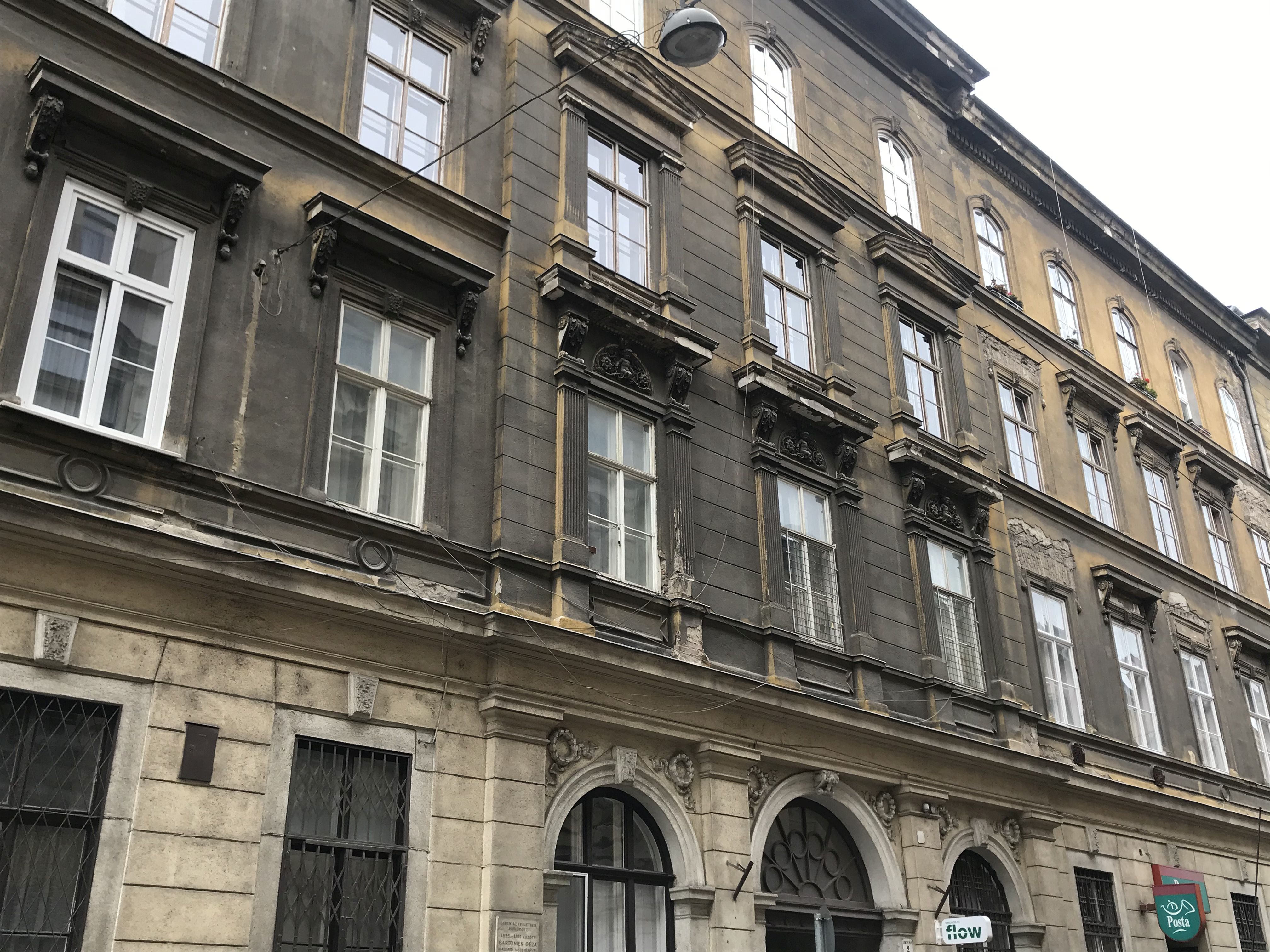 The building once housed Eötvös College (Photo: Tímea Simon)
The building once housed Eötvös College (Photo: Tímea Simon)
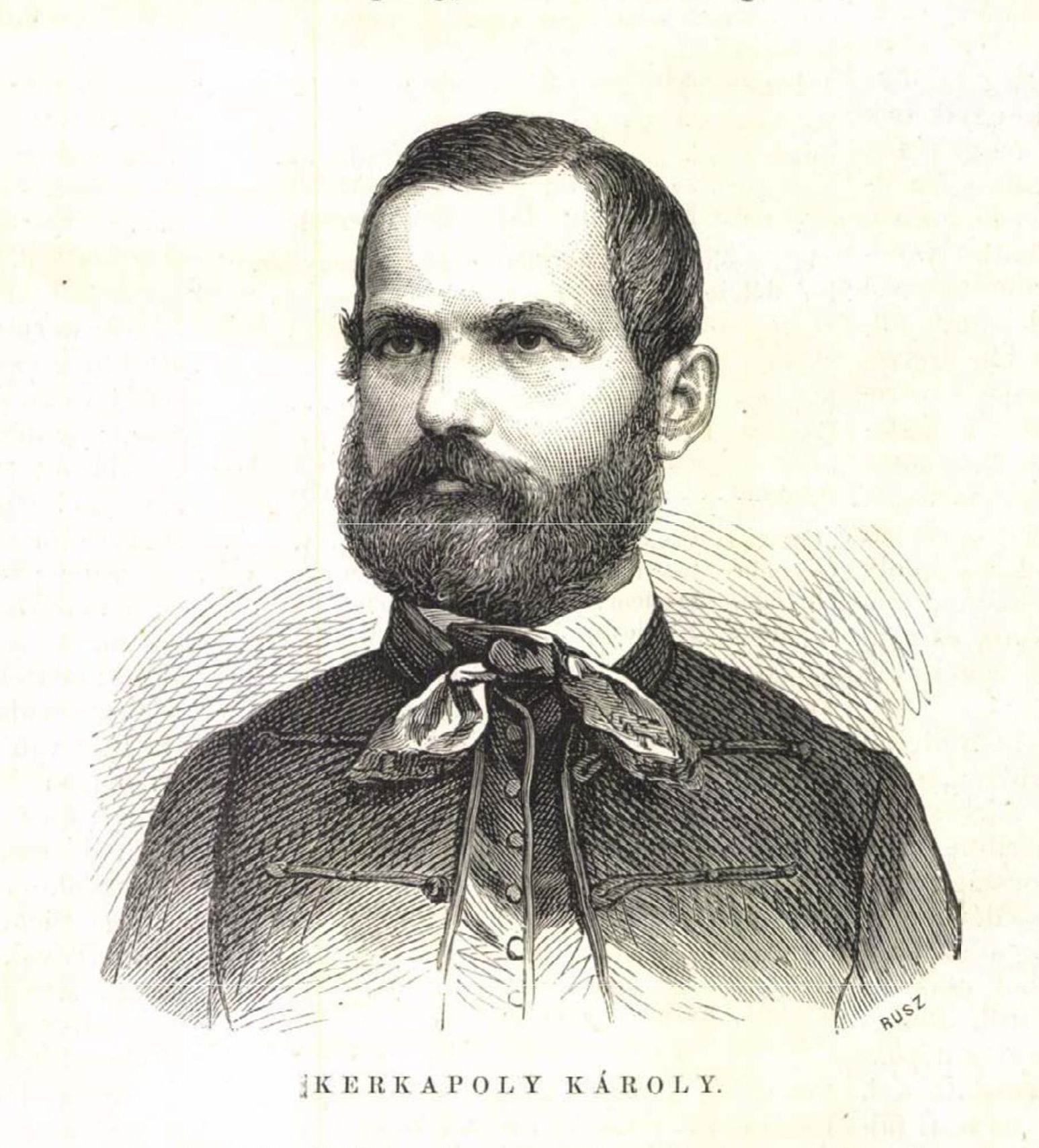
Portrait of Károly Kerkápoly in the 24 January 1869 issue of Vasárnapi Ujság
After 1867, an ever-increasing number of secondary schools opened in Hungary. However, it soon became clear that there was a shortage of well-trained native Hungarian teachers. In 1875, Loránd Eötvös proposed the creation of a boarding school to train secondary school teachers to Ágoston Trefort, the Minister of Religion and Public Education. The Parisian Ecole Normale Superieur, which had been one of the most renowned centres of teacher education in Europe since the French Revolution, was chosen as a model.
However, steps were only taken in 1894, during Loránd Eötvös's short term as Minister. He entered an item of 15,000 Forints into the planned budget for the creation of such a Hungarian school. His successor, Gyula Wlassics, also supported the initiative and created a board of experts to create the rules of the school. This board set out the rules of boarding and the fundamentals of education provided by the college.
Teaching began with thirty-one students at 2 Csillag Street in September 1895. The college occupied two floors of the residential building that had once been Károly Kerkápoly's home. Only students who had already been admitted to the University of Budapest but did not have a place of residence in the capital could apply to the College.
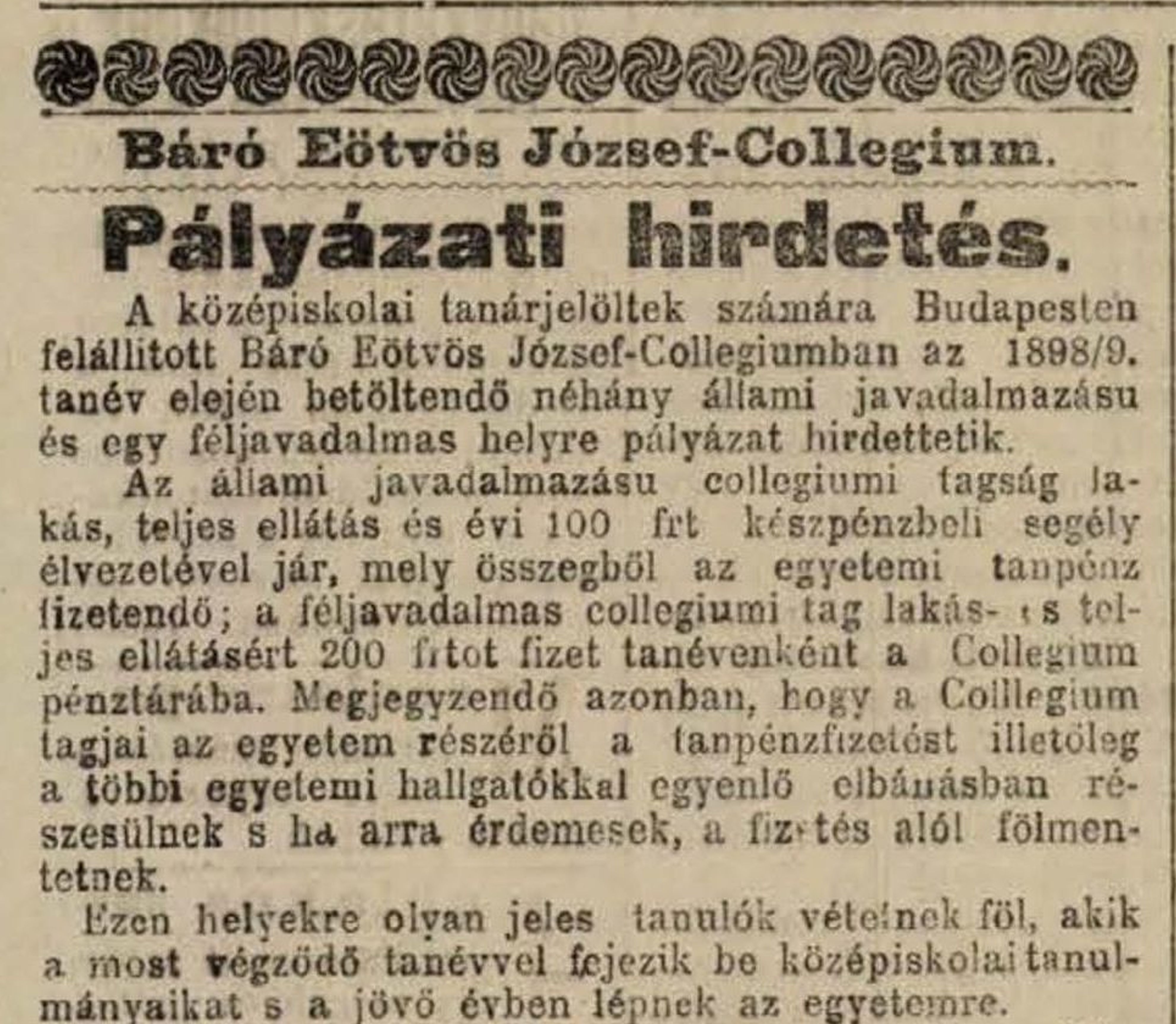
A call for applications in Pesti Napló, 1898
Loránd Eötvös became the first curator or director of Eötvös Collegium. He appointed Géza Bartoniek as headteacher, who managed the institution for more than thirty years. Eötvös quickly realized during the first academic year that the building could not be the College's final home, so he recommended only 10-10 new students be accepted in the following years. The library of the institution, which was established through several donations, was housed in three interconnected rooms on the first floor. This is also where seminars were held.
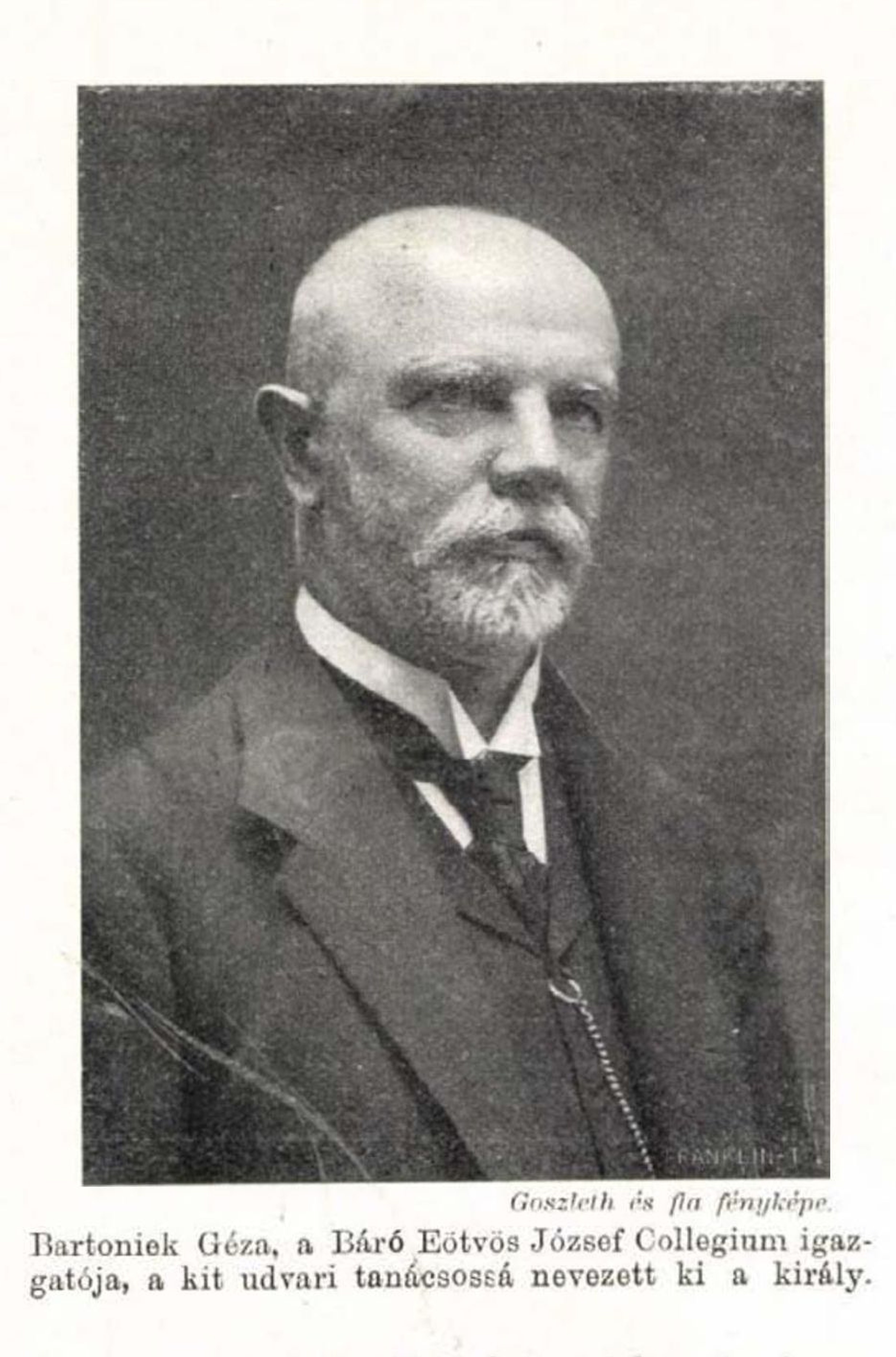
A potrait of Géza Bartoniek in the 14 September 1913 issue of Vasárnapi Újság
Students were divided into groups of four. Also known as families, these groups consisted of two senior and two younger students studying the same subjects. This allowed a constant exchange of ideas, mutual respect and cooperation within the group. The students developed a strong sense of belonging and attachment to the college, often resulting in lifelong friendships.
The students' right to self-determination was a unique feature of the college. The forums of this were the general assembly of students and the "assembly of fathers", a board of the senior students. Co-habitation defined the nature of the college and communication with teachers from the outset. The teachers in the college were not only instructors responsible for teaching their students, but scientists and academics working alongside their students and supporting their independent roads to knowledge, or as the term is used often today, mentor teachers.
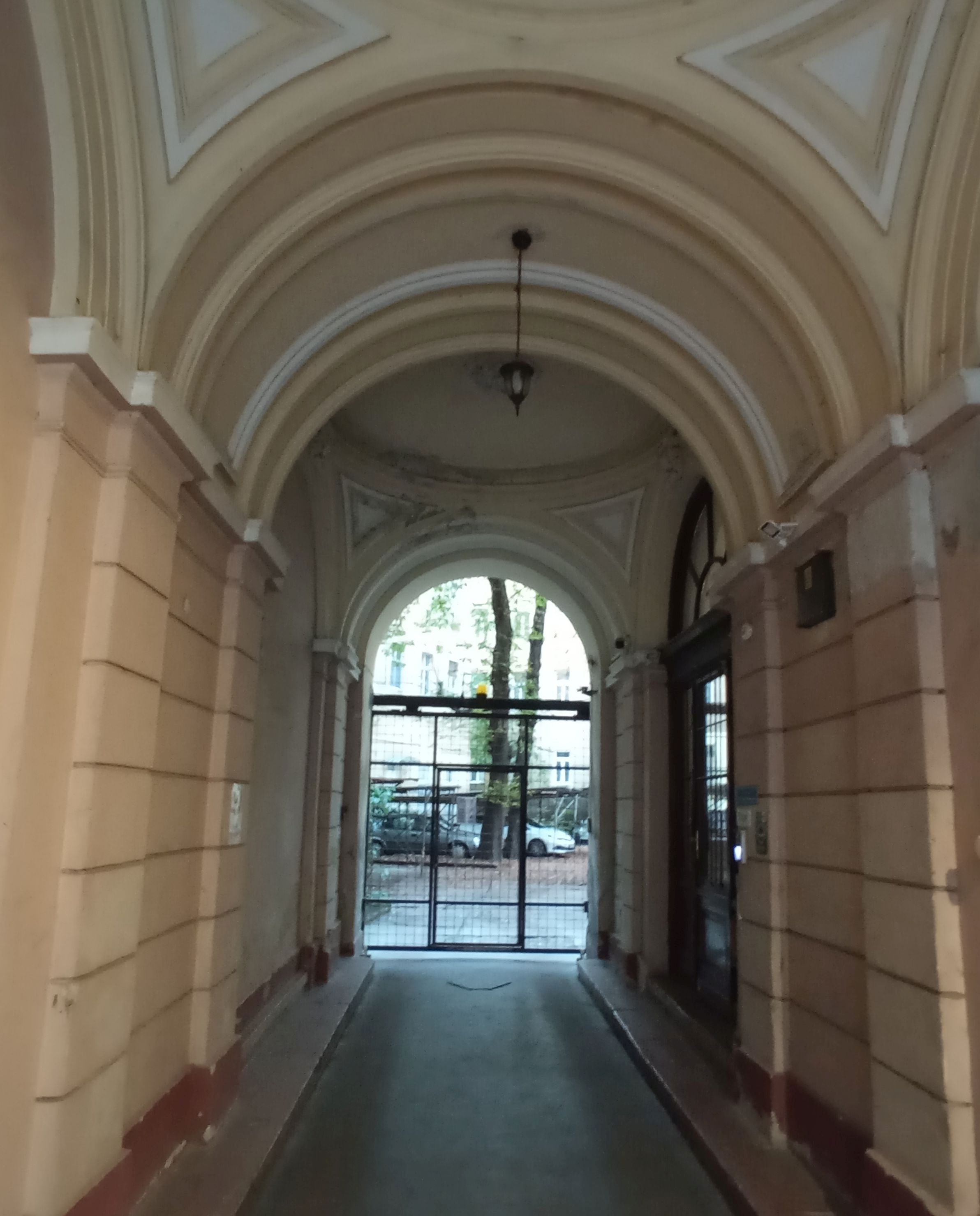
The entrance of the building (Photo: Tímea Simon)
Each teacher only worked with a handful of students at a time, ensuring that each of them received adequate attention. This method continued in the College for several years. Learning foreign languages was a central part of college life, and a French lecturer was always part of the faculty. Students of the college also continued their university studies, attended lectures and seminars and took exams with other students.
The earliest teachers included: the linguist Móric Szilasi, the literary historian Jenő Péterfy, the historian Sándor Mika, the mathematician József Suták, the art historian Frigyes Hoffmann, and classical philologist Gyula Gyomlay.
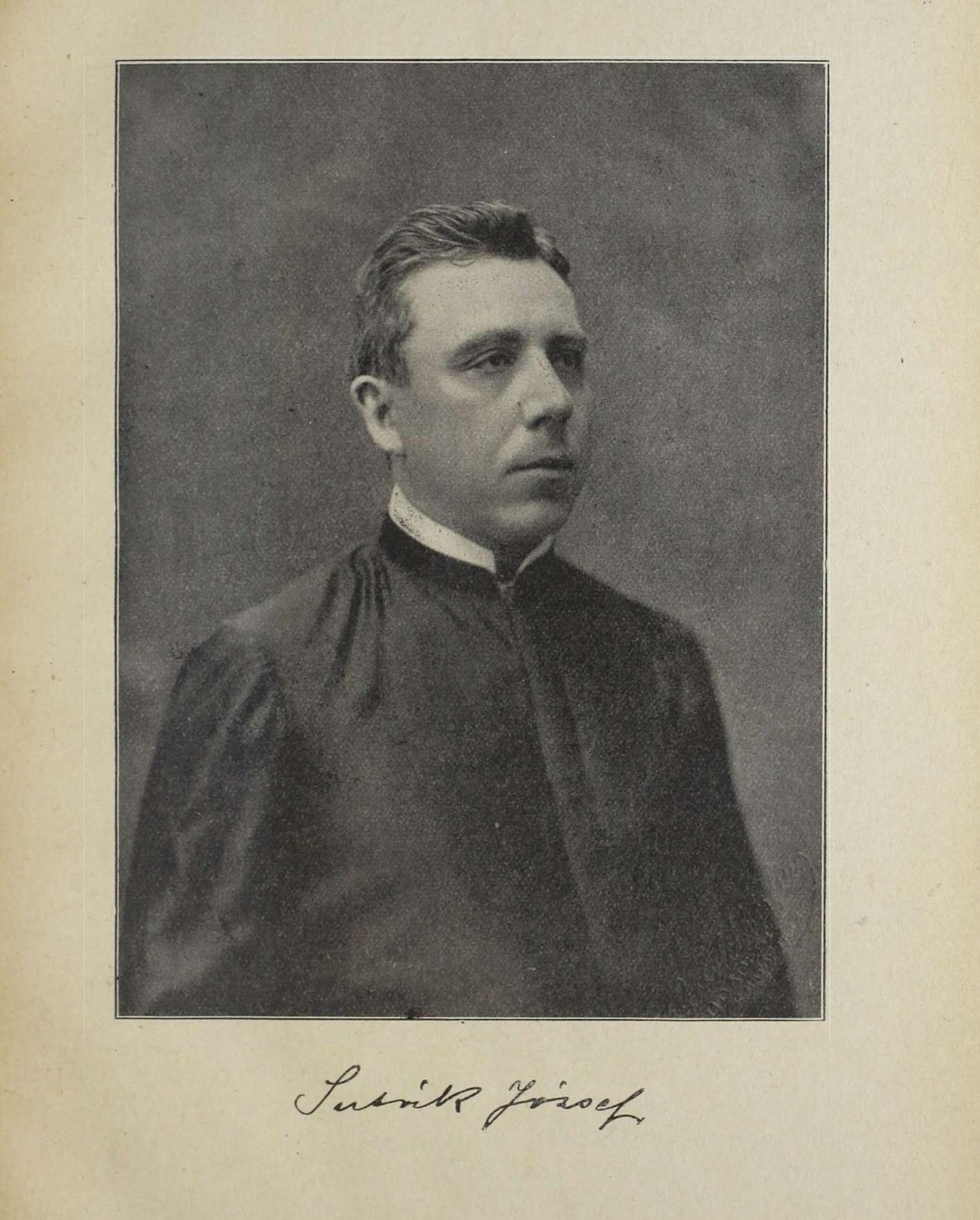
Photo of József Suták from 1912 (Source: Ferencváros Local History Collection)
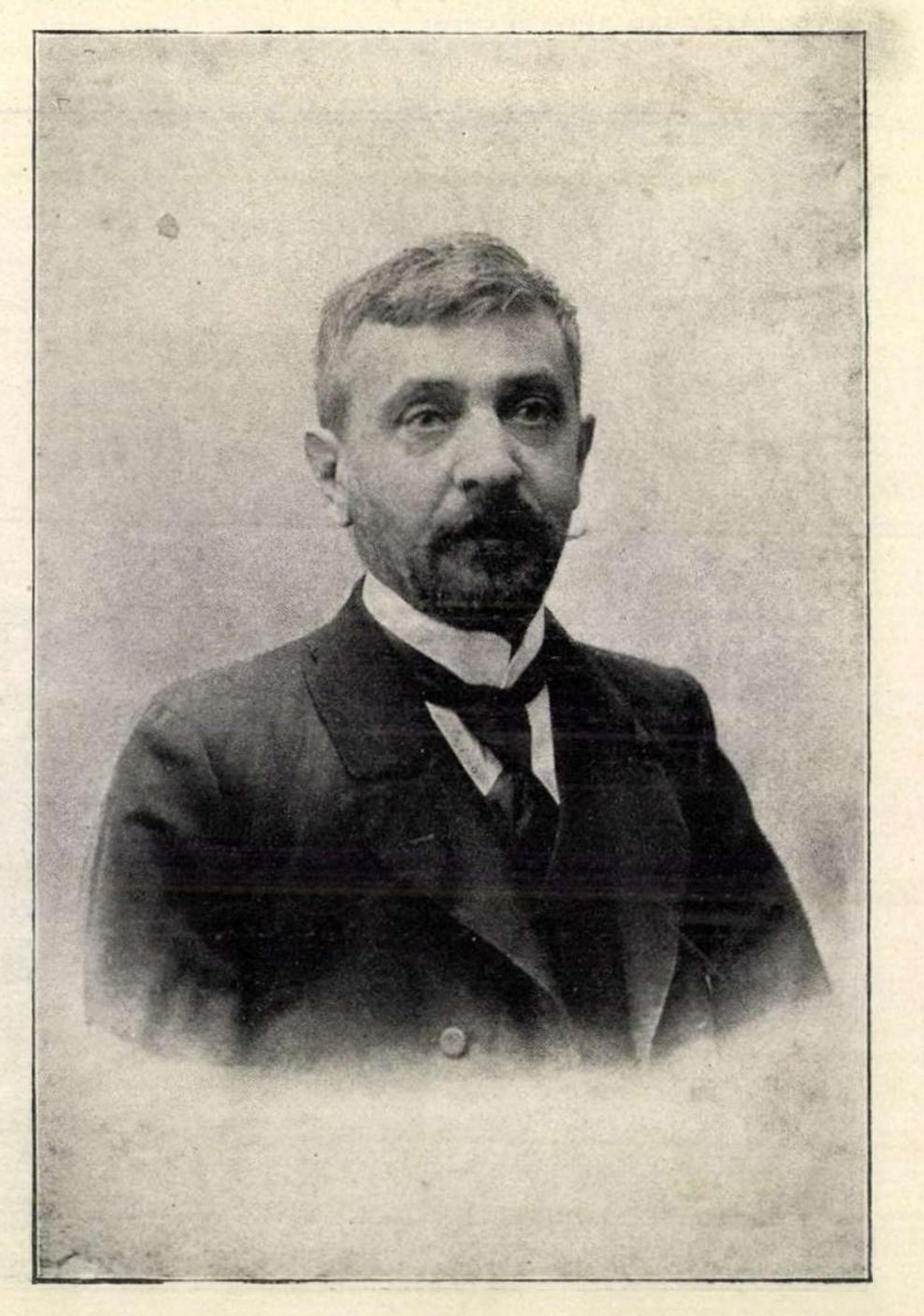
Portrait of Sándor Mika in the 12 May 1912 issue of Élet
Outstanding figures o Hungarian culture were trained within the walls of the houe on Gönczy Pál Street, including the composer Zoltán Kodály, the linguist Zoltán Gombocz, the literary historian János Horváth, the historian Gyula Szekfű, the writer Dezső Szabó, poet and filmmaker Balázs Kézzé, the literary translators Aladár Kuncz and Géza Laczkó, alongside the art historian Tibor Gerevich.
By 1904 the building was obviously too small to house the College. In 1905 the Ministry recommended the construction of a new building, which was passed into law in 1906.
The grandiose palace on Ménesi Street was built according to plans by Ignác Alpár in 1911. It served as the final home of academic teacher training in Hungary. The building was designed to house approximately 100 students, and everything served to ease their studies, debates, and the advancement of their knowledge and skills.
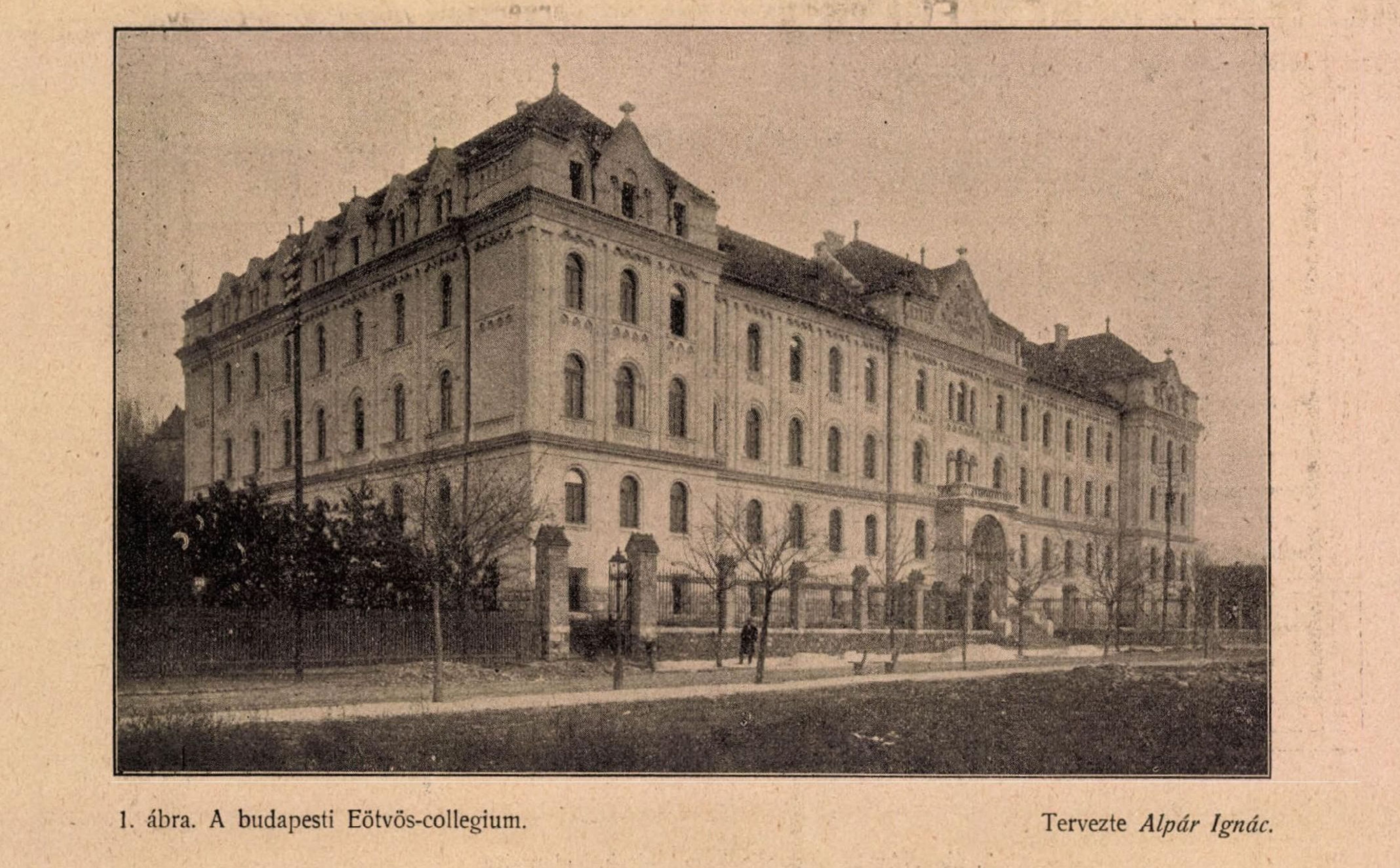
The palace of Eötvös College was built in 1911 according to plans by Ignác Alpár
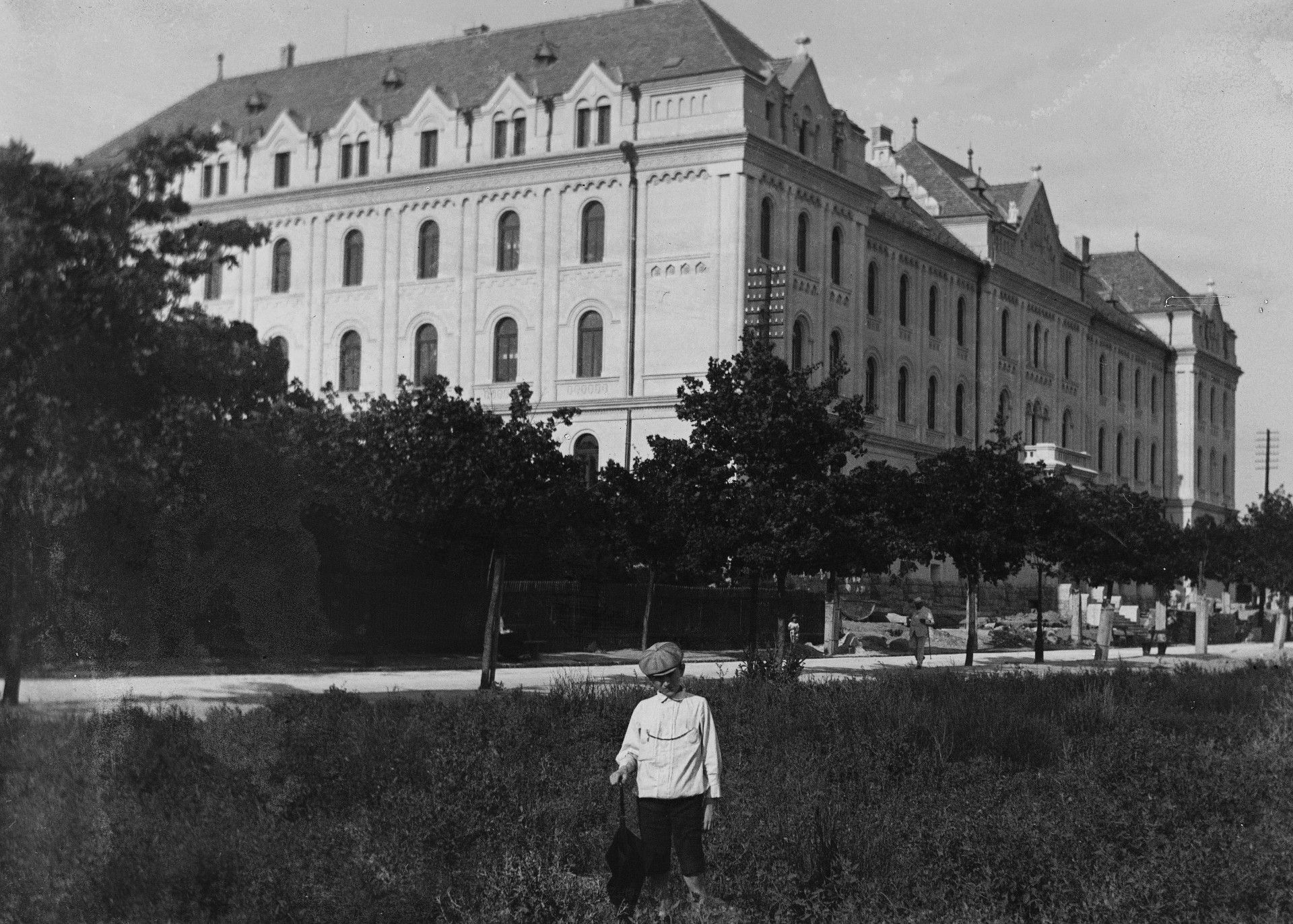
The building of Eötvös József College at 11–13 Ménesi Street in 1911 (Photo: Fortepan/No.: 175012)
The old house on Csillag Street remained in the care of the Kerkápoly-Bodor Foundation after the college moved out. A post office opened on the ground floor in the 1930s, and students could rent rooms on the upper floors. Little changed after nationalisation, as the halls of residence for the Vocational School of Hospitality Services operated on at least two floors of the building until 2001.
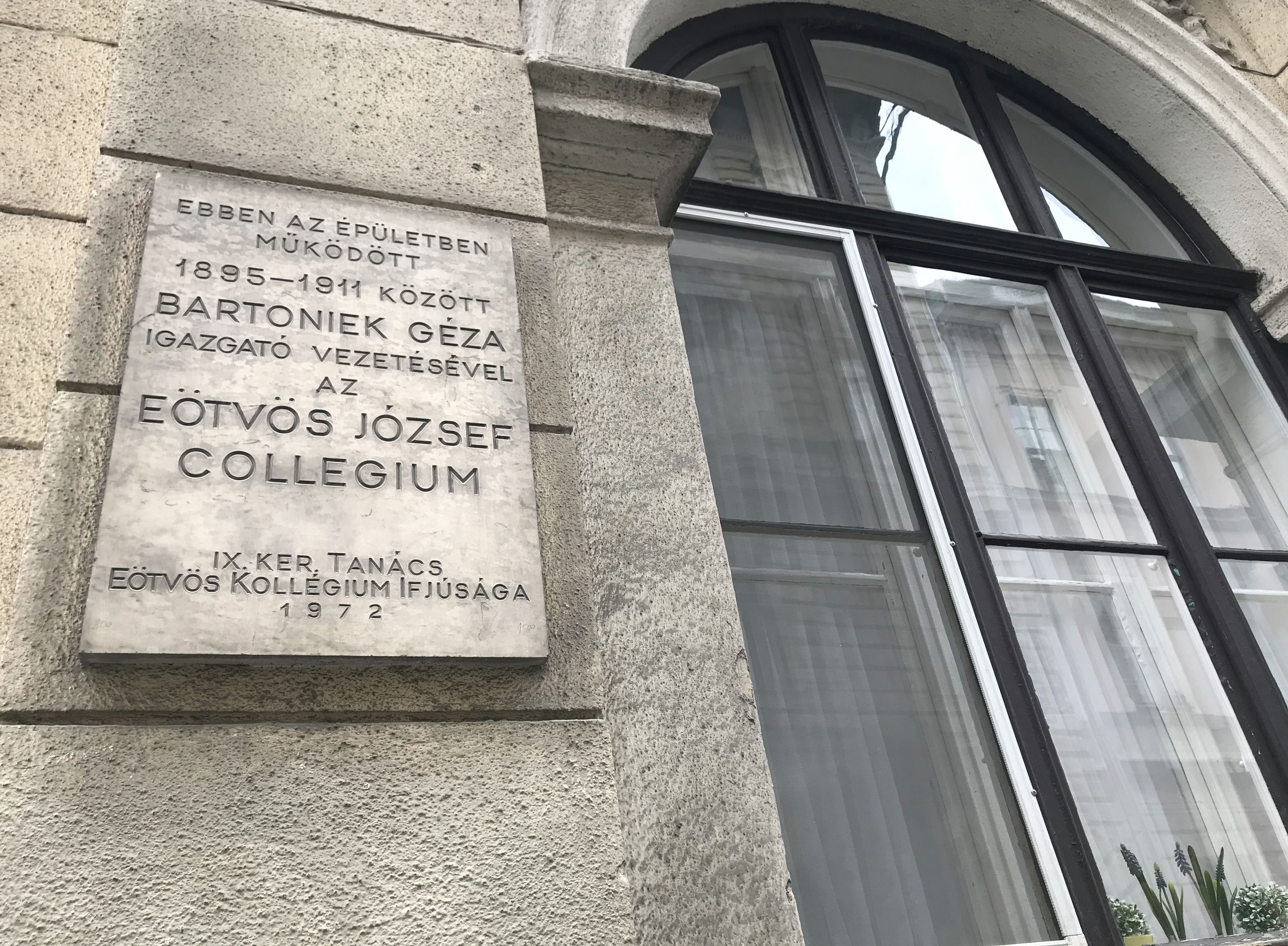
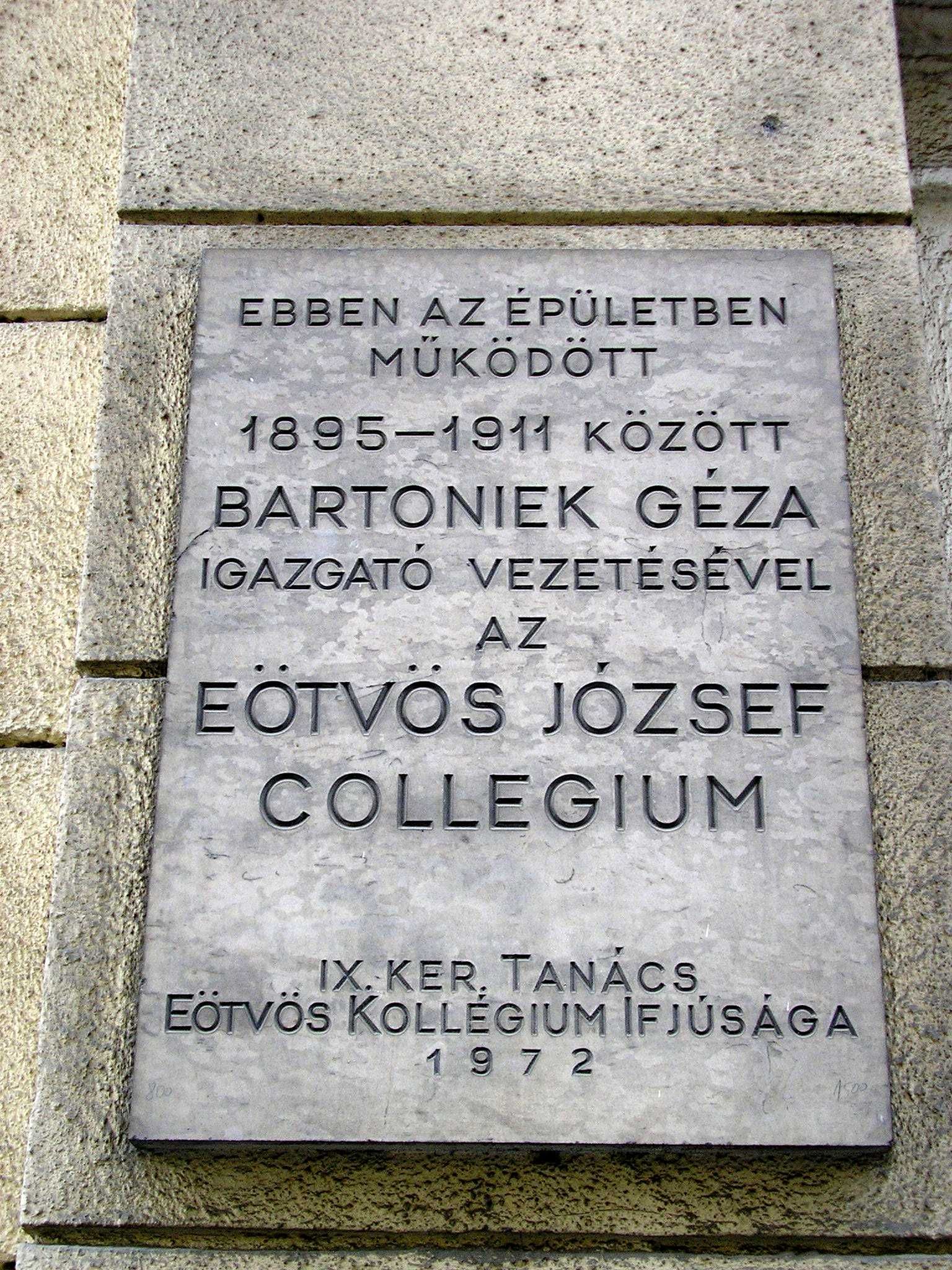
Memorial plaque on the building (Photo: Tímea Simon)
An independent theatre company moved into the rooms afterwards. The Kréta Kör is no more, and now the rooms mainly house international students studying in Budapest. Not far from the house's main entrance, a memorial plaque has preserved the memory of Eötvös College since 1972. its existence is no small thing, considering that few passers-by would understand the cultural significance of the run-down building without it.
Cover photo: Pál Gönczy Street today, the building of Eötvös College on the left (Photo: Tímea Szabó)

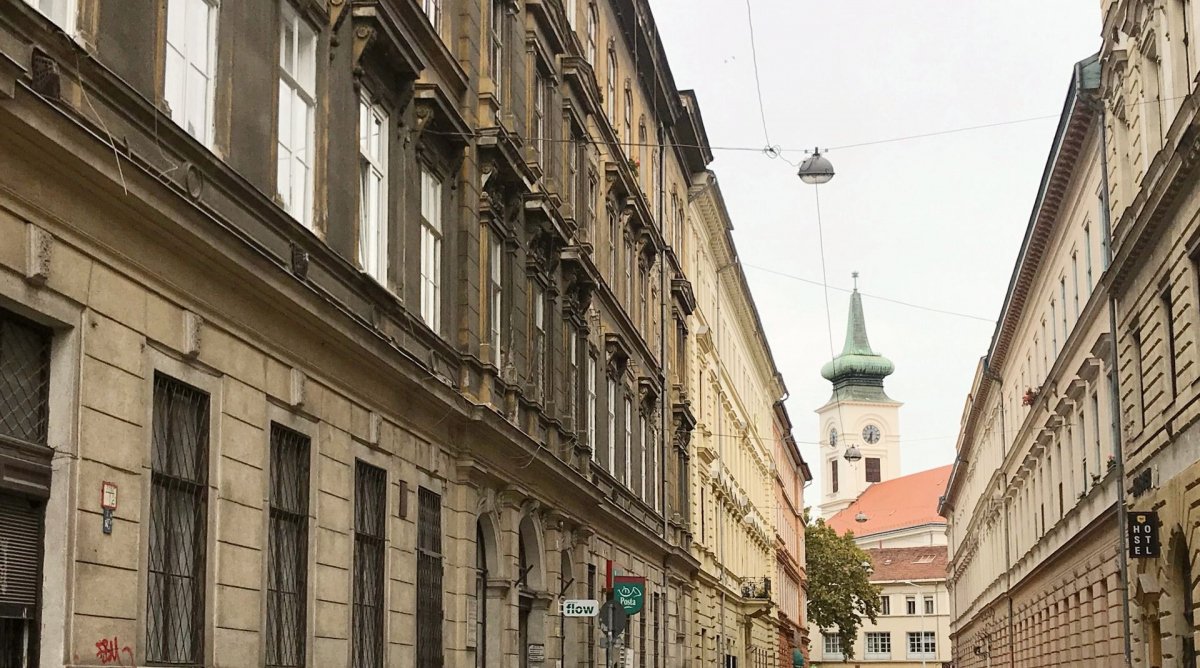



































Hozzászólások
Log in or register to comment!
Login Registration